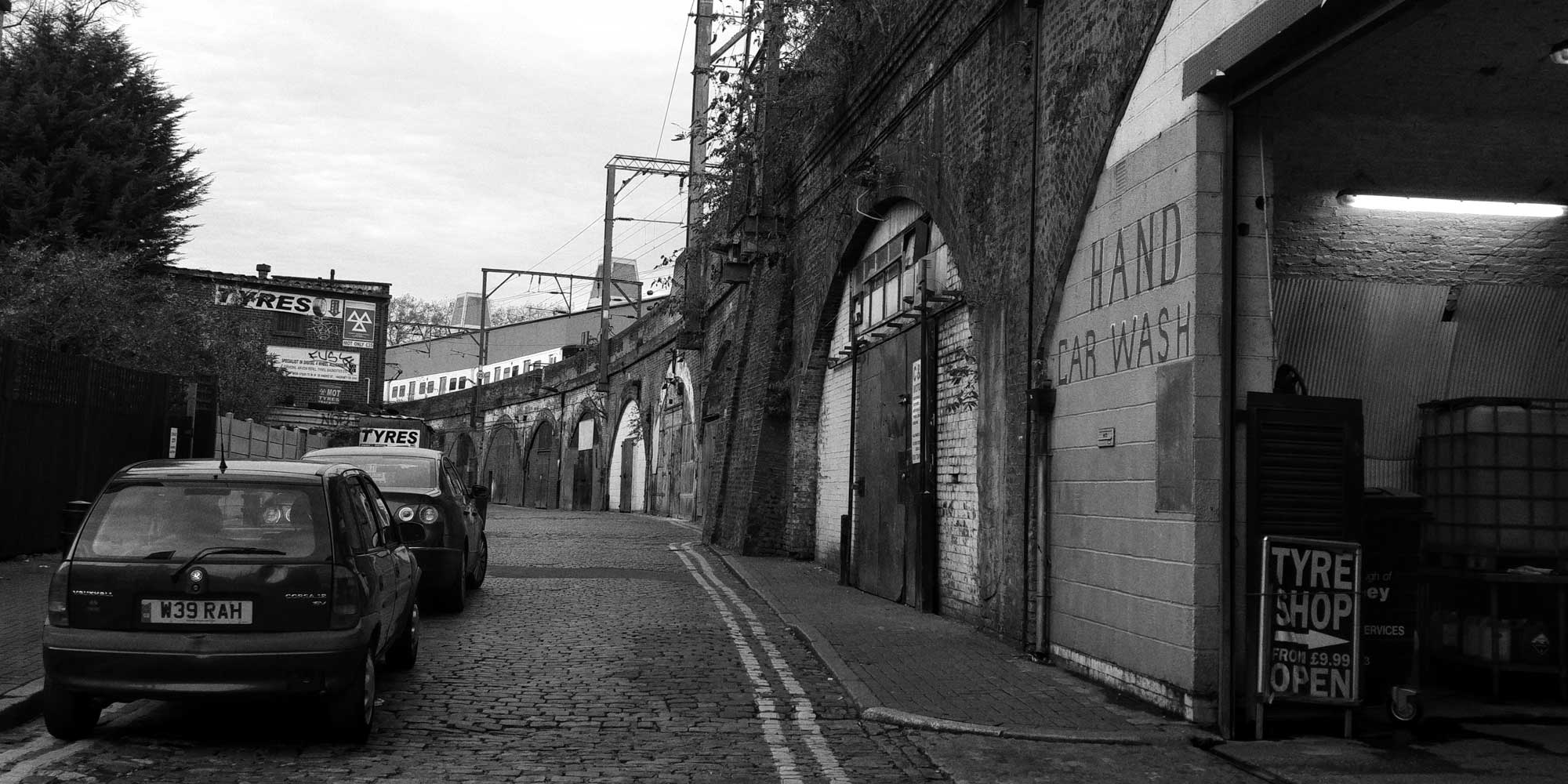Thursday, 21 December, 2017
Today was the Winter Solstice, shortest day of the year. They are indeed short days now, the sun rising around 8 and setting before 4pm
Every Solstice and Equinox for many years I’ve taken part in a Flickr photo group called Day in the Life of. It’s now called Another Day in the Life of. At any rate, I rarely miss it even if my photos of the day are all taken inside my flat. Trivia: The tag we have to use – DILO – is the source of amusement to my friends. Dilo, guys – there is no extra D in there.
I thought I’d share the photos of the time I spent in Newington Green, meeting my friend, Juliet. Let’s make it a photo essay but read to the end where I’ll put a little bit about the fascinating history of the area, first mentioned in the Doomsday book of 1086.





 Gallo Nero, an Italian delicatessen
Gallo Nero, an Italian delicatessen








A brief history of Newington Green:
The first record of the area dates back to 1086 The thirteenth century it became Newington. By the 15th century was more prosperous. The name Newington Green was first mentioned in 1480 when the green was surrounded by cottages and crofts
Henry the 8th hunted in the surrounding forest and used a house on the south side of the Green
In 1523 the 6th Earl of Northumberland, Henry Percy became engaged to Anne Boleyn. His home, Brook House, was demolished. Samuel Pepys was
a resident of the Newington Green and Kingsland area, known for its fresh air and open spaces.
A 1916 map shows several streets in the area taking their name from this period, such as King Henry’s Walk, Boleyn Road, Wolsey Road and Queen Elizabeth’s Walk. There are also streets named for Mildmay, who wasthe Chancellor of the Exchequer under Elizabeth I, a prominent playerin the trial of Mary, Queen of Scots.
The area became the home of English Dissenters during the 17th century. They were tolerated here and formed academies. Among those who attended were Daniel Defoe, the writer, journalist and spy famous for his novel Robinson Crusoe, and the controversial poet Samuel Wesley, father of John Wesley, the great religious leader. By the early 19th century the dissenters began to leave as their ideas became accepted.
The Unitarian church was built in 1708 and continues to this day as New Unity. London’s oldest surviving brick terrace, dated 1658, still stands at 52-55 Newington Green .
The most important resident of the Green was the early feminist Mary Wollstonecraft. She ran a school for girls in the late 1700s. She wrote A Vindication of the Rights of Men in 1792.
from the end of the nineteenth century, the Newington Green Area was host to a large Jewish population but by 1970 there was no trace of the Jewish life which existed in this area.
Newington Green is no longer a rural area, nor a village, but is now a suburb of central London. IT was a run-down green space for some years but in 1979 the area was regenerated and now looks like a town square – almost villagey – surrounded by shops and cafes, with an arty, dverse, and relaxed feel.
